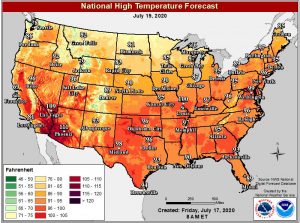COLUMBUS, Ohio — The Ohio Department of Natural Resources’ Scenic Rivers Program has developed a new stream quality monitoring program focused on macroinvertebrates.
The plan, approved through Ohio EPA’s Credible Data Program, will give more detailed information about the water quality and stream habitat.
“These new surveys will add another dimension to our macroinvertebrate monitoring efforts on our scenic rivers statewide,” Scenic River Program Manager Bob Gable said in a news release. “We hope this new information will empower communities to better protect their rivers.”
The program, considered Level 2 monitoring, will focus on animals like insect larvae, crayfish and snails. The surveys give detailed data about the species and their habitat. The decline of the macroinvertebrate populations affects the entire food chain since they serve as food for other animals, like fish and birds.
The data will be used to monitor trends over time to inform when threats are detected.
The existing program is considered Level 1 sampling by the Ohio EPA, with the primary goals of public awareness and education regarding stream health. A previous Level 2 method existed previously, but it was not applicable for statewide use.
Program officials met with the Ohio EPA and water professionals around the state to propose a new approach to Level 2 monitoring, allowing just a few staff members to assess multiple sites on a yearly basis while providing accurate data.
In its first year, staff took samples at 29 sites among 18 streams.




